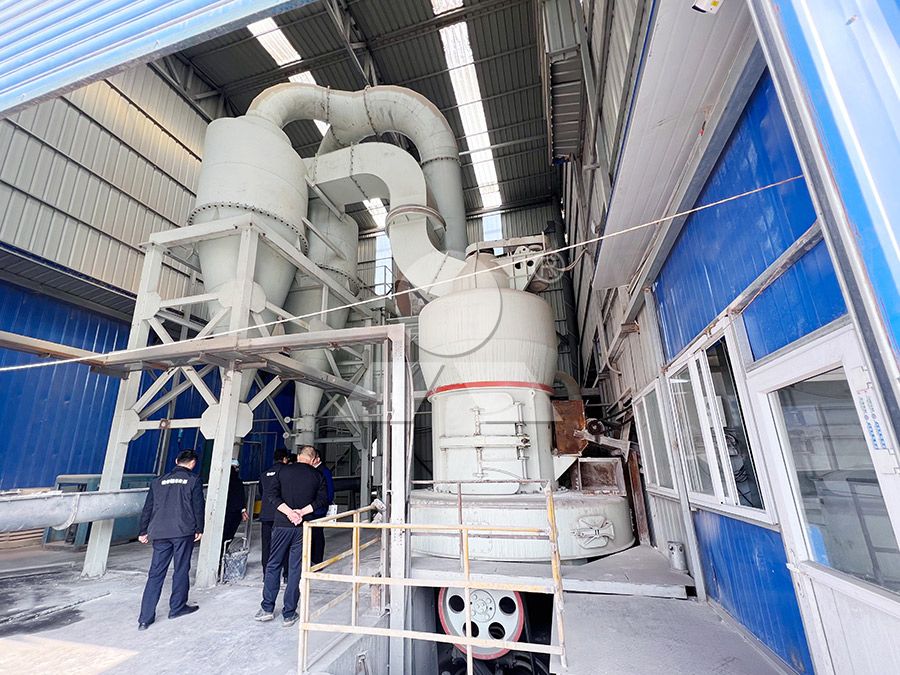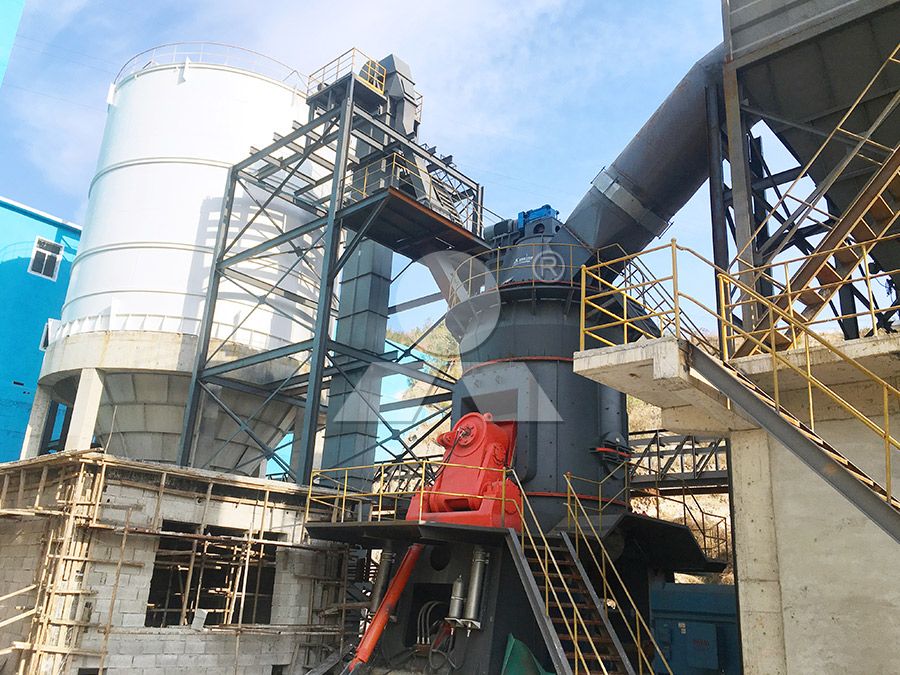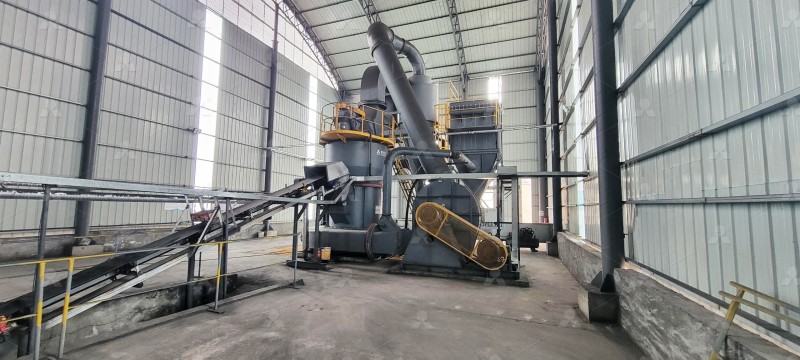Pulverizer Operation and Maintenance Guide for Coal-Fired Power Plants in Xinjiang
Pulverizer Operation and Maintenance Guide for Coal-Fired Power Plants in Xinjiang
Operating in the harsh, arid conditions of Xinjiang presents unique challenges for coal-fired power generation. The region’s extreme temperature fluctuations, abrasive coal varieties, and dusty environment demand robust and reliable pulverizing equipment. Proper operation and diligent maintenance of coal mills are not just best practices; they are critical for ensuring plant availability, efficiency, and compliance with increasingly stringent environmental standards.
Key Operational Challenges in Xinjiang
Xinjiang’s coal can often be harder and more abrasive, leading to accelerated wear on grinding components. Furthermore, the fine, pervasive dust common in the region can infiltrate bearing systems and other critical components if not properly managed. Operators must therefore prioritize equipment designed for these specific challenges, focusing on wear resistance, superior sealing, and efficient dust control.

Optimizing Pulverizer Performance
Consistent coal fineness is paramount for efficient combustion. Inconsistent grind quality leads to unburned carbon in ash and higher NOx emissions. Regular inspection of grinding elements—rollers, rings, or balls—is essential. For facilities processing a variety of coal blends, a mill offering adjustable fineness is a significant advantage. For instance, our MW Ultrafine Grinding Mill is an excellent solution for plants requiring precise control over product fineness. It features a cage-type powder selector that allows operators to adjust the fineness between 325-2500 meshes, ensuring optimal combustion characteristics for different coal types. Its design, with no rolling bearings or screws in the grinding chamber, is particularly suited to dusty environments, eliminating common failure points.
Critical Maintenance Routines
A proactive maintenance schedule is the cornerstone of reliability. Key routines include:
- Daily: Visual and auditory inspections for unusual vibrations or noises. Check lubrication levels and ensure pulse dust collectors are cycling correctly.
- Weekly: Inspect wear parts for early signs of abrasion. Verify classifier operation and check for any oil leaks.
- Monthly: Perform a thorough internal inspection of grinding components, liners, and seals. Calibrate instrumentation.

Leveraging Advanced Mill Technology
Modern mills are engineered to reduce both operational and maintenance burdens. Vertical roller mills (VRMs), for example, have become the industry standard for new installations due to their lower energy consumption and smaller footprint. A model like the LUM Ultrafine Vertical Grinding Mill integrates several features beneficial for Xinjiang’s power plants. Its reversible structure allows heavy grinding rollers to be easily moved out of the mill body for maintenance, drastically reducing downtime during liner or roller checks. The double position-limiting technology also protects the mill from destructive impacts caused by machine vibration, a valuable feature for ensuring stability.
Environmental and Efficiency Considerations
Beyond reliability, modern pulverizers must contribute to the plant’s overall environmental performance. Effective pulverization reduces the need for support fuel and lowers emissions. Furthermore, integrated pulse jet dust collectors, like those on the MW Mill, are critical for containing particulate matter, ensuring that the milling process itself does not contribute to site dust problems. This is a non-negotiable feature for operating responsibly in any region.

Conclusion
Successfully operating pulverizers in Xinjiang’s demanding environment requires a combination of disciplined operational practices, a proactive maintenance culture, and the selection of appropriately ruggedized technology. Investing in advanced grinding mills designed for high yield, low energy consumption, and easy maintenance is not an expense but a strategic decision that pays dividends in reduced downtime, lower operating costs, and improved environmental compliance.
